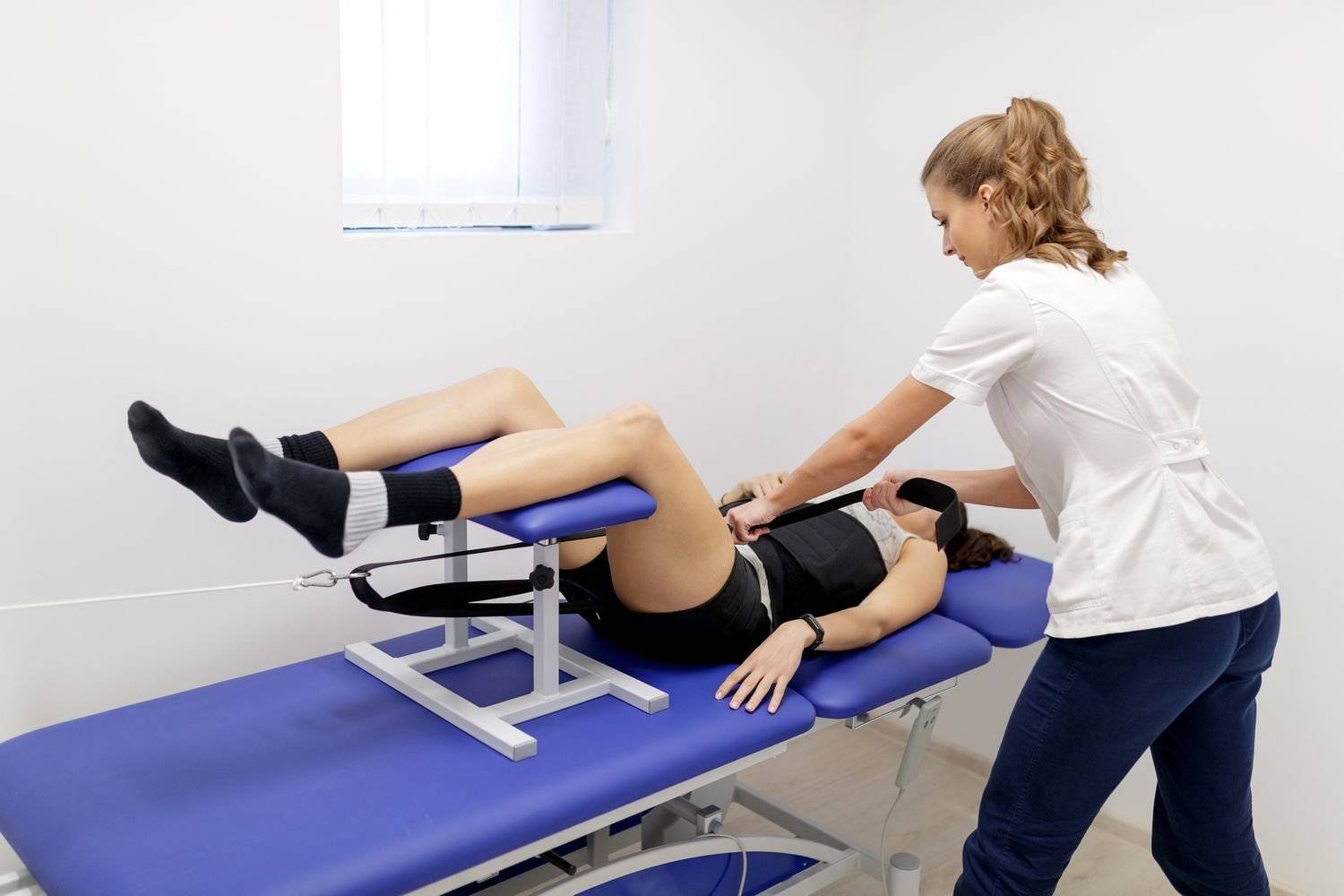Traction Techniques in Physiotherapy Treatment Modalities
Introduction
- Overview of Physiotherapy Traction
- Traction in physiotherapy refers to the method of applying a pulling force to body parts to relieve pain and promote healing. It is particularly effective in spinal and joint conditions.
- Traction plays a critical role in the rehabilitation process, helping to alleviate pain and restore normal functioning in physiotherapy practices.
- Objectives of Traction in Treatment
- Primary goals: Providing pain relief and enhancing mobility in patients with musculoskeletal issues through physiotherapy.
- Secondary benefits: Aid in muscle relaxation and reduction of muscle spasms, contributing to a faster recovery in physiotherapy settings.
Understanding Traction Therapy
What is Traction?
- Definition and Basic Principles
- Traction therapy involves stretching the spine or limbs gently to relieve pressure and pain.
- How Traction Aids in Physiotherapy
- By gently pulling the skeletal structure, traction therapy can help realign and stabilize areas of concern, improving therapeutic outcomes in physiotherapy.
Types of Traction
- Manual Traction
- Performed by a physiotherapist using hands to apply force on the body, focusing on specific areas needing treatment.
- Typically used for more targeted adjustments and when delicate handling is required.
- Mechanical Traction
- Utilizes devices like traction tables or other specialized equipment to administer therapeutic pull mechanically.
- Suitable for more consistent and prolonged traction applications, often used in cases of severe spinal issues in physiotherapy.
Traction Techniques and Their Applications
- Spinal Decompression
- Concentrates on alleviating pressure in the lower back, helping to treat conditions like herniated discs and sciatica.
- Enhances spinal health by allowing herniated or bulging discs to return to their normal positions in physiotherapy treatments.
- Cervical Traction
- Focuses on the neck area, easing the pain from conditions such as cervical spondylosis and other neck-related issues.
- Procedures are typically gentle and can significantly improve neck mobility and alleviate discomfort in physiotherapy.
Benefits of Traction in Physiotherapy
Pain Management
- Traction is highly effective in managing pain caused by compressed nerves and misaligned spine segments in physiotherapy.
Enhancing Mobility
- Traction helps to loosen tight muscles and joint restrictions, greatly improving range of motion and overall mobility in physiotherapy.
Rehabilitation and Recovery
- Facilitates quicker rehabilitation from injuries and post-surgery recovery.
- Offers long-term benefits when combined with regular physiotherapy sessions.
Practical Considerations in Traction Therapy
Choosing the Right Traction Technique
- Key factors to consider include the severity of the patient’s condition and their medical history to ensure optimal safety and effectiveness in physiotherapy.
Risks and Contraindications
- Traction is not suitable for everyone; it’s crucial to avoid it in cases involving certain infections, cancer, or acute injury.
- Awareness of potential side effects like increased pain or discomfort is important for proper management in physiotherapy.
Integration with Other Therapeutic Modalities
- Traction therapy works well when integrated with other treatments such as Registered Massage Therapy and Kinesiology, enhancing the therapeutic effects.
Frequently Asked Questions (FAQ)
What type of modality is traction?
Traction is a mechanical modality used to relieve pressure and align body structures in physiotherapy.
What are the different types of traction exercise therapy?
Includes manual and mechanical traction, each suited for specific conditions and treatment needs in physiotherapy.
What is the physiotherapy traction technique?
A technique involving controlled mechanical or manual pulling to alleviate pain and restore function in physiotherapy.
What are the 4 categories of therapeutic modalities?
They include thermal, electrical, mechanical (including traction), and light therapies in physiotherapy.
For personalized care and the latest in diagnostic tools in physiotherapy, consider booking an appointment with Proactive Health. Our comprehensive services include Physiotherapy, Registered Massage Therapy, Kinesiology, Fascial Stretch Therapy, Active Rehab, and Bodyworker sessions.



